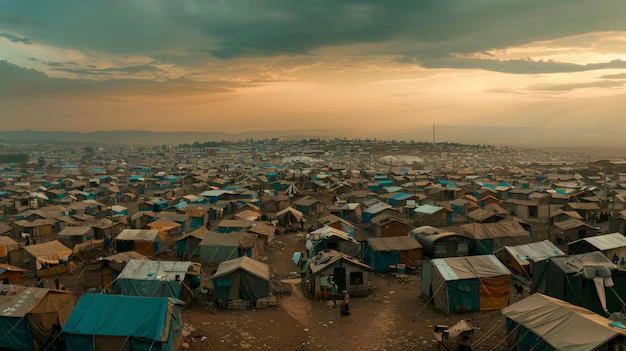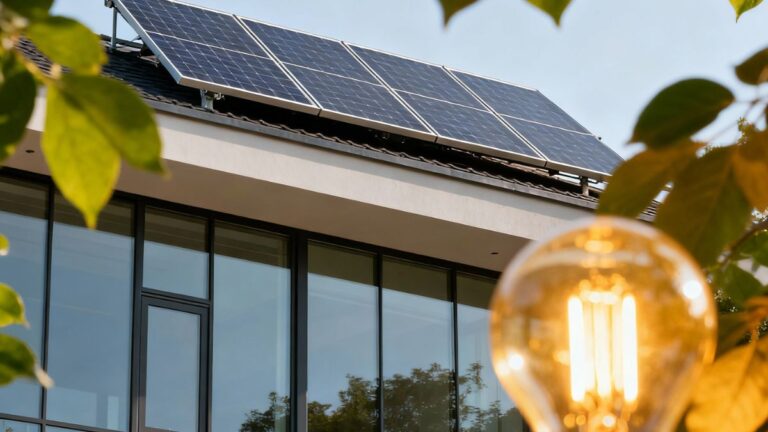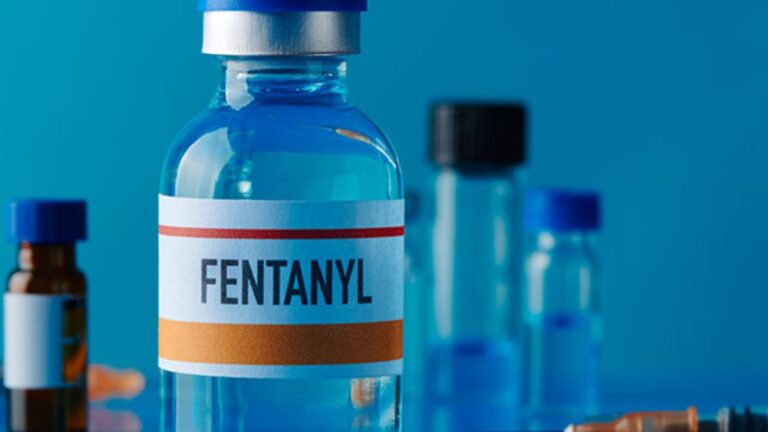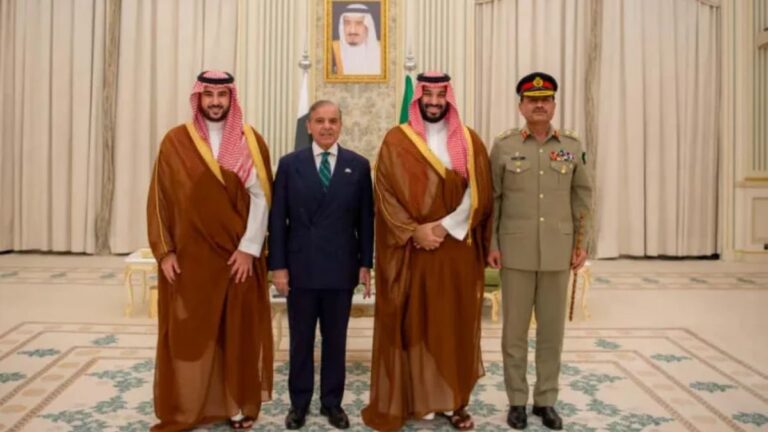
Relevance: UPSC Prelims – Economic and Social Development | UPSC Mains – General Studies II & III
In a significant development, rural poverty in India has seen a sharp decline to 4.86% in the fiscal year ending March 2024, compared to 25.7% in 2011-12. This reduction, primarily driven by government support programs, has been highlighted in a recent research report by the State Bank of India (SBI). The decline in poverty levels, both in rural and urban areas, is attributed to higher consumption growth, particularly among the poorest sections of society, and the effective implementation of government welfare programs.
Understanding Poverty in India
Poverty in India is typically defined using the poverty line, which is a threshold income level below which people are considered to be living in poverty. The poverty line in India is determined based on consumption levels and includes various parameters such as food, education, and healthcare needs. Multiple committees, including the Lakdawala Expert Group (1993), Tendulkar Expert Group (2009), and the Rangarajan Committee (2014), have provided various methodologies for estimating poverty, which have evolved over time.
The Multidimensional Poverty Index (MPI), a global measure, defines poverty by examining not only income but also deprivations in key areas such as education, health, and living standards.
Key Highlights of the SBI Report
- Rural Poverty Decline: The rural poverty ratio has significantly decreased from 25.7% in 2011-12 to 4.86% in FY24. This dramatic reduction is mainly attributed to higher consumption growth among the lowest 0-5% income deciles, driven by government support measures.
- Urban Poverty: Urban poverty has also seen a notable decline, from 13.7% in 2011-12 to 4.09% in FY24. This suggests a nationwide trend of poverty reduction, although urban poverty remains a challenge due to issues like high living costs, inadequate housing, and informal sector employment.
- Government Support: Government programs, such as the Pradhan Mantri Garib Kalyan Ann Yojana (PMGKAY), which provides food security and financial assistance to the poorest, have played a crucial role in poverty alleviation.
- Consumption Inequality: The latest Household Expenditure Consumption Survey indicates a reduction in consumption inequality in both rural and urban areas, signaling improved income distribution.
- Possible Future Revisions: The report notes that the final figures could be slightly revised once the 2021 Census is completed, which would provide updated data on rural-urban population distribution.
Poverty and its Adverse Consequences
Poverty is not just a lack of income but also an absence of access to basic needs such as food, healthcare, and education. The pains of poverty are profound and include:
- Food Insecurity: The poor often face hunger and malnutrition, leading to physical health issues and stunted growth, particularly in children.
- Inadequate Healthcare: The lack of access to affordable healthcare results in untreated illnesses, leading to chronic health issues.
- Limited Education: Poverty limits access to quality education, reducing opportunities for personal and professional growth.
- Housing Instability: The poor often live in overcrowded or unsafe conditions, increasing their vulnerability to environmental hazards.
- Economic Stress: Constant financial uncertainty leads to mental health issues, anxiety, and depression.
Classifications of Poverty
Poverty can be classified into various types:
- Absolute Poverty: A condition where individuals or families cannot meet basic needs like food, shelter, and clothing.
- Relative Poverty: A condition where individuals or families have significantly fewer resources compared to others in society, affecting their quality of life.
- Multidimensional Poverty: A broader measure that considers various aspects of deprivation such as education, healthcare, and living standards.
Government Initiatives for Poverty Alleviation
The Indian government has implemented several initiatives aimed at poverty alleviation:
- Pradhan Mantri Awas Yojana (PMAY): Provides affordable housing to the urban poor.
- Mahatma Gandhi National Rural Employment Guarantee Act (MGNREGA): Guarantees wage employment to rural households, reducing unemployment and poverty.
- Pradhan Mantri Garib Kalyan Ann Yojana (PMGKAY): Ensures food security for the poorest segments of the population.
- Public Distribution System (PDS): Provides subsidized food grains to the economically weaker sections.
Key Economic Terms to Understand
- Head-count Ratio: The proportion of the population living below the poverty line.
- Private Final Consumption Expenditure (PFCE): The total value of goods and services consumed by households.
- Government Final Consumption Expenditure (GFCE): Government spending on goods and services.
Conclusion
The sharp decline in rural and urban poverty in India, as indicated by the latest SBI research, reflects the effectiveness of government welfare programs in lifting millions out of poverty. However, challenges remain, particularly in ensuring sustainable and inclusive growth, especially in rural areas where poverty is deeply entrenched. The Indian government’s continued focus on welfare schemes, along with measures to address inequality and improve access to basic services, will be crucial in achieving further reductions in poverty.
For UPSC aspirants, this article offers valuable insights into the multi-dimensional nature of poverty, the importance of government interventions, and the role of economic policies in driving development. Understanding these issues is critical for both Prelims and Mains preparation.
Also Read: Oil Spill in Crimea: Environmental Crisis and Geopolitical Implications
Disclaimer: The information provided is for educational purposes and general awareness, particularly for UPSC aspirants. For specific medical advice or updates, consult authorized health agencies.
Follow Fusion IAS


